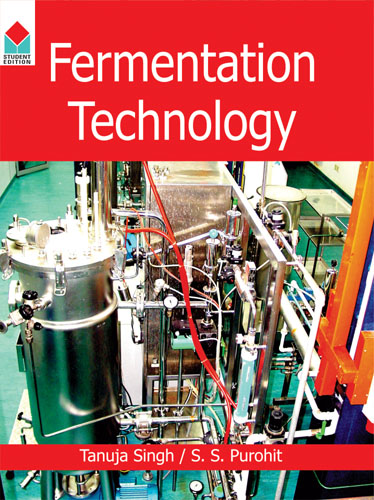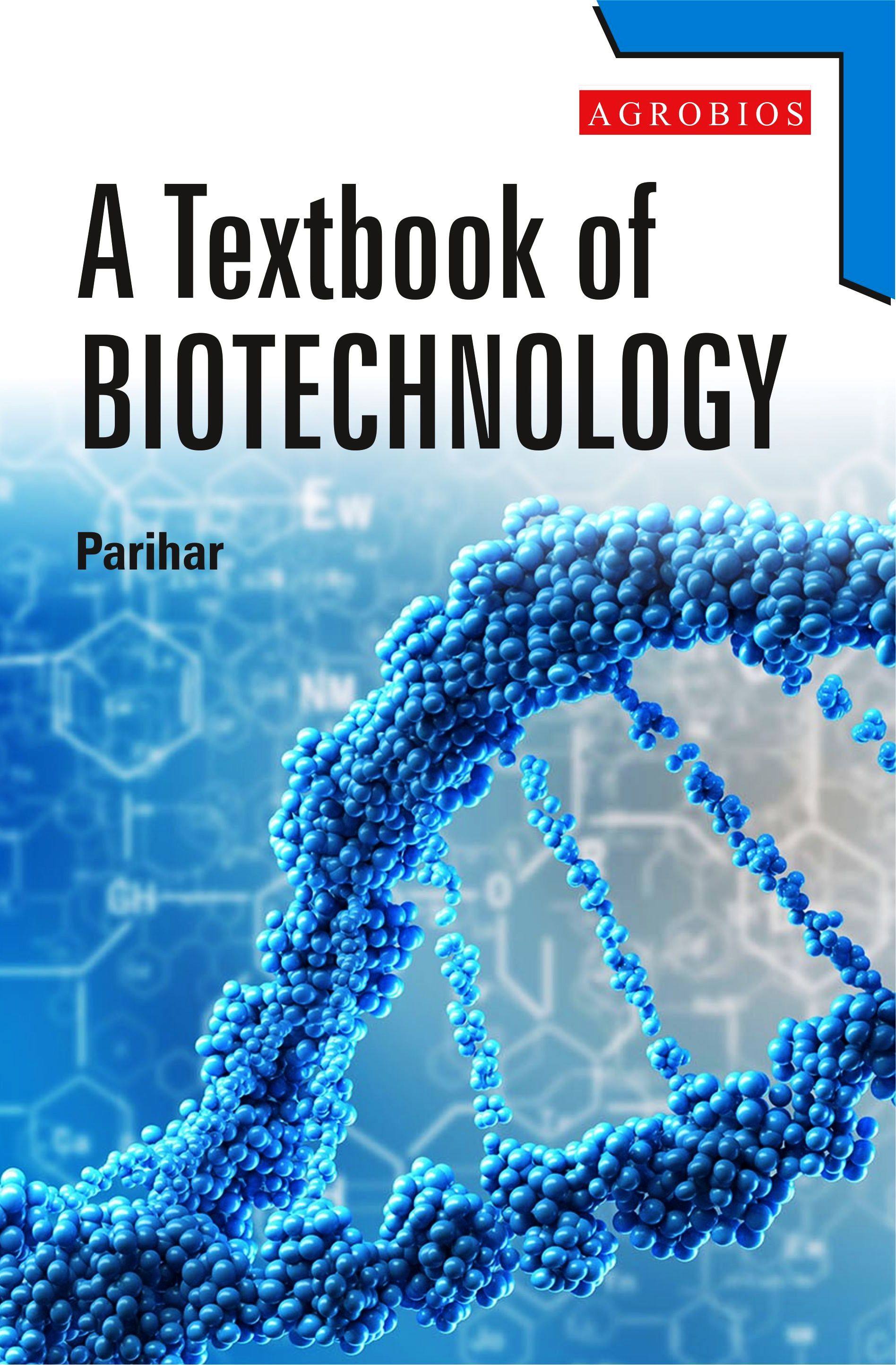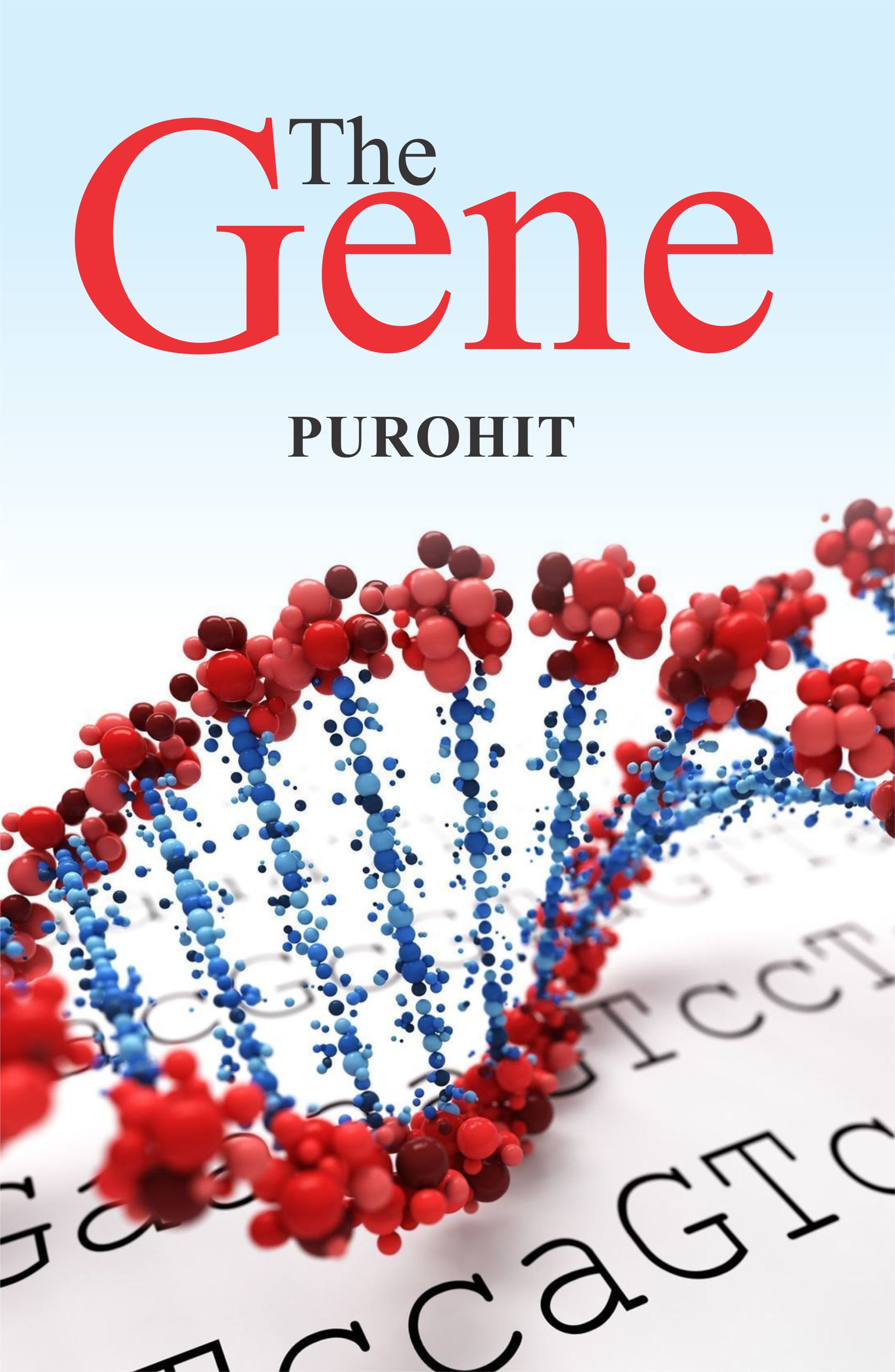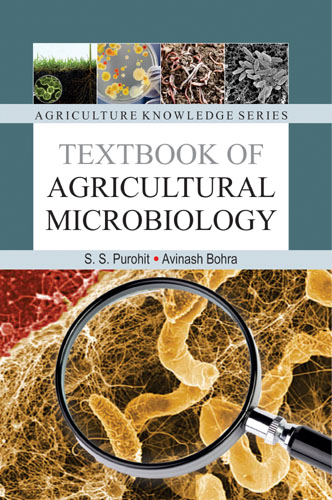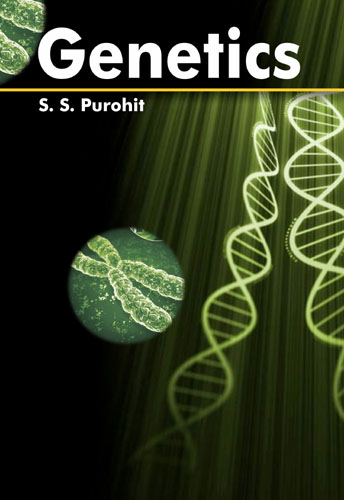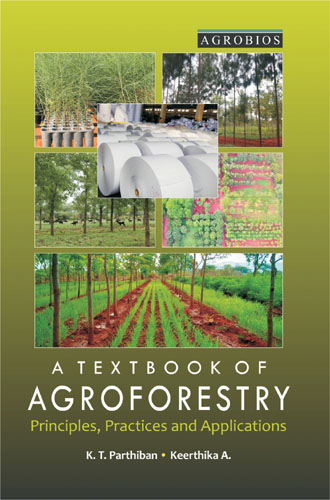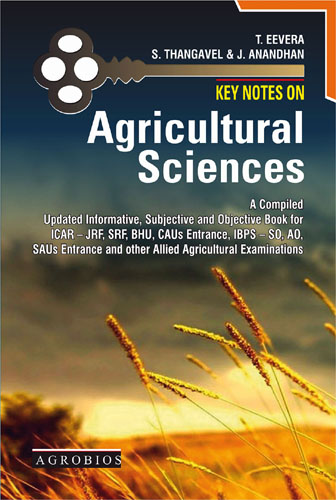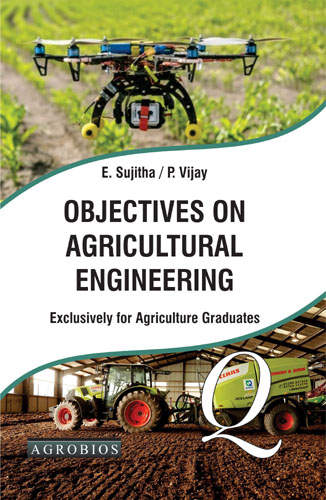Fermentation Technology (pb)
The term fermentation is derived from the Latin verb fervere, to boil, thus describing the appearance of the action of yeast on extract of fruit or malted grain. The boiling appearance in due to production of C02 bubbles caused by anaerobic catabolic reaction of sugars present in the extract.
Fermentation is the anaerobic conversion of sugar to carbon dioxide and alcohol by yeast or any group of chemical reactions induced by living or nonliving ferments that split complex organic compounds into relatively simple substances. In fermentation a chemical change is brought on by the action of microscopic yeast, molds and bacteria.
The major groups of commercially important fermentations (1) microbial cells or biomass as products, (2) microbial enzymes, (3) microbial metabolites, recombinant products, and (4) Products formed by transformation process.
Fermentation is expanding beyond the traditional high-value low-volume compounds, such as pharmaceuticals, and is beginning to compete with traditional synthetic production of commodity chemicals. As fermentation moves into lower-value higher volume chemicals, it becomes necessary to maximize efficiency, and minimize costs and waste byproducts to compete effectively against traditional options. Achieving these goals means approaching the design of fermentation and downstream separations as a single, integrated process.
At present applications of computers in fermentation technology is widely used mainly for (1) logging of process data (performed by a data acquisition system comprising of both hardware and software components), (2) data analysis (involved in reduction of logged data by a computer program based on a series of selected mathematical equations. After analysis the results can be printed or stored in a data bank for further use), and (3) process control (performed by a computer program that conveys signals via an interface to pumps, valves, switches etc.).
Fermentation is now becoming an important part of the development of many high-value products and is replacing conventional routes for commodity products. The development of a large-scale fermentation process includes: organism selection, metabolic and cellular engineering, and introduction of downstream unit operations within a fermentation process.
Dr. Singh Tanuja
 555
555
Table of Contents..
- Fermentation: Introduction
- Culture of Industrial Microorganisms
- Industrial Fermenters
- Types of Fermentation for Enzyme Production
- Production of Enzymes By Fermentation
- Production of Industrial Alcohol
- Production of Organic Acid
- Fermentation and Vitamins
- Production of Amino Acids
- Production of Antibiotics
- Biotransformation
- Fermented Foods
- Fermented Milk Products
- Fermentation and Fodder Preservation
- Immobilized Enzymes or Enzyme Immobilization
- Subject Index
Book Details
Book Title:
Fermentation Technology (pb)
Fermentation Technology (pb)
Book Type:
TEXTBOOK
TEXTBOOK
No Of Pages:
412
412
Color Pages :
0
0
Color Pages :
0
0
Book Size:
CROWN QUARTO (7.5X10)
CROWN QUARTO (7.5X10)
Weight:
650 Gms
650 Gms
Copyright Holder:
All Rights Reserved
All Rights Reserved
Imprint:
STUDENT EDITION
STUDENT EDITION
Readership:
PG STUDENTS | UG STUDENTS |
PG STUDENTS | UG STUDENTS |



